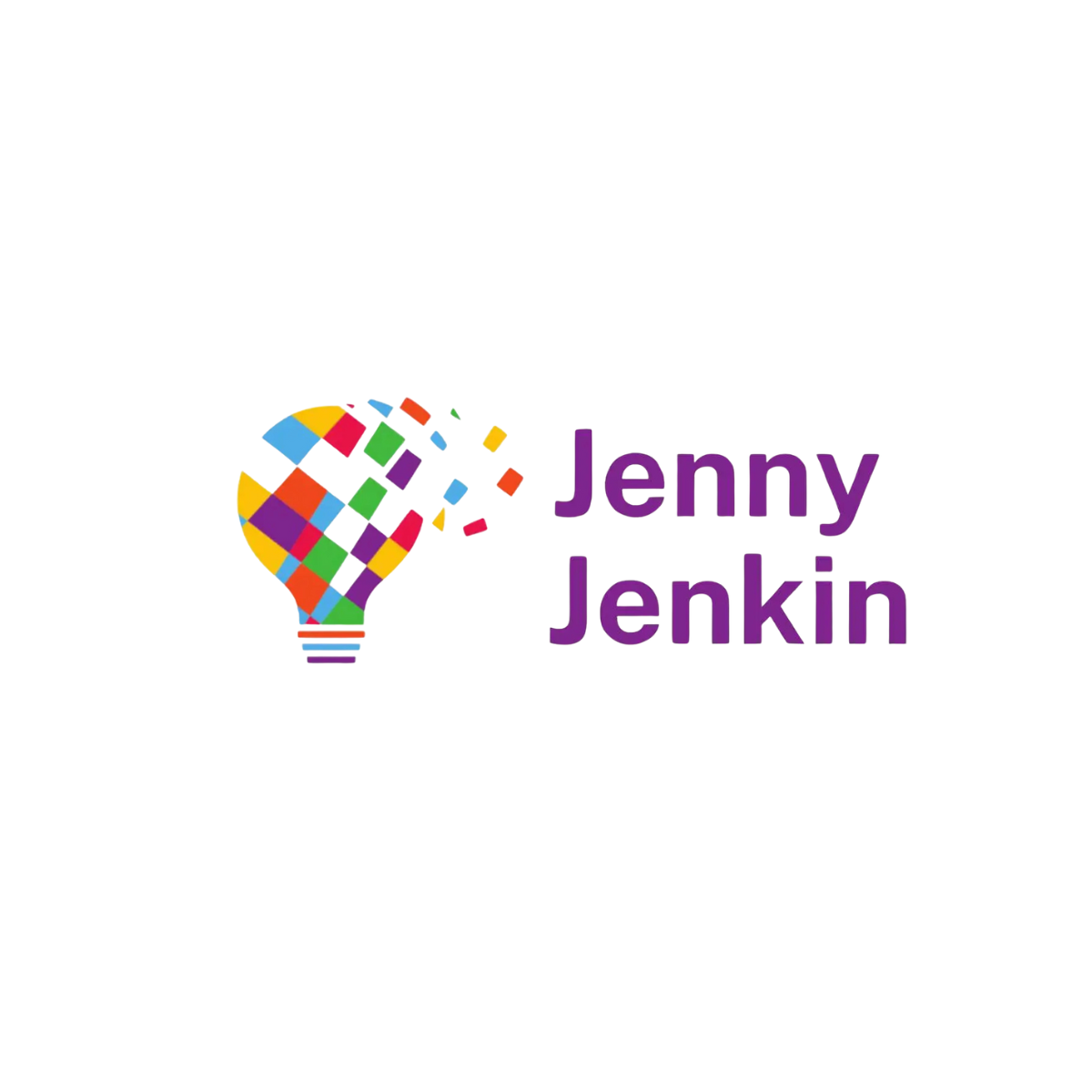Preamble
A chance conversation with an old colleague recently prompted me to think of the mountains of ‘hidden work’ that goes on in our HEIs.
In fact, she was talking about the invisible but crucial work that she did in the not-for-profit sector – building deep and trusting relationships with stakeholders, navigating the impact of politics – internal as well as national and international – on her organisation, heading off crises through skilled negotiation and influence, investing in her relationship with her teams so that they felt truly part of a bigger and worthy endeavour.
But none of this was visible to others. It consumed at least 50% of her busy working week, yet was immeasurable by any conventional metric.
But she knew well that the cold hard reality was that the absence of this intense and driven effort would plunge her organisation into rapid failure. Because, ultimately, it’s ALL about the folk. And folk, as we know, are complicated!
Does this resonate with you too? How much of your daily work is visible to your colleagues, your boss, your peers? How much of it is captured in your job description (do you have one that looks even remotely familiar?), your performance metrics, your year-end review?
And how much – crucial, demanding, often emotionally charged – sits beneath the surface: vital to your team’s and organisation’s functioning, yet rarely spotted or formally recognised?
And how do you feel about that?
Lots of questions for you today!
Linkedin Poll Results
I asked the brilliant LinkedIn community about this last week.
The response level was high, and it’s clear that this is, indeed, a ‘thing’.
Interestingly, the responses were mixed in terms of how people feel about this hidden work:
- 22% said it’s the most fulfilling part of their role.
- 47% felt it should be recognised.
- 31% acknowledged it as necessary, but draining.
So, clearly, hidden work is a significant part of many HE leaders’ daily lives – and yet it is rarely discussed.
Which is curious, because if this quiet, crucial work were to stop, things would unravel quickly.
And in times when goodwill is stretched, it’s easy to see why the temptation is to focus on the “hard measurables” – rather than the intangible, but essential, work of navigating the people and politics of organisations.
What Do I Mean by Hidden Labour?
Every day, alongside the “official” tasks we are paid for, there is another seam of vigorous, necessary activity.
This is the investment in people, relationships, and unseen problem-solving that keeps teams, projects, and institutions from fracturing.
It includes:
- Supporting a colleague through bereavement or health challenges.
- Quietly mediating when inter-departmental tensions rise.
- Making a messy, complex decision look seamless to others.
- Absorbing tough leadership feedback so your team feels shielded, not battered.
- Maintaining team morale, culture, and inclusion and treating every team member as a valued individual with their own unique challenges, ambitions and strengths
This hidden work is rarely documented. It is rarely rewarded. Yet it is often the difference between a healthy thriving workplace and a one which is just scraping by, haemorrhaging talent.
Why It Matters
At its best, hidden work is where leadership, humanity, and wisdom live. It can be enriching, fulfilling – and exhausting.
People have told me that these moments of connection and stewardship are what give real meaning to their roles. And many staff in HE are heavily driven by purpose and meaning, so this really matters.
These are the acts that build loyalty to an organisation – that encourage people to stay longer than they otherwise might.
Yet the very invisibility that makes this work so powerful can also make it dangerous.
Without recognition or the space to recharge, those who carry this hidden work can become depleted – emotionally, physically, professionally.
And worse still, those most skilled at this work often attract even more of it. Those with high emotional intelligence, resilience, and composure can end up shouldering these burdens disproportionately – and unsustainably. Which leads me to….
Fairness and Visibility
The truth – in my view – is that this vital hidden work isn’t evenly distributed.
In many organisations, women carry a greater share of the hidden labour, the ‘team glue’, the relational mending. For a myriad of complex reasons that are the topic of a future longform article! But as you read this, I know they will be popping up in your mind.
Over time, this uneven distribution creates deep systemic unfairness. It risks rewarding only the outputs that are easiest to measure, while quietly eroding the contributions that make the most human difference.
So it’s worth asking, in your own organisation, right now:
- Who is carrying the hidden work? Go further – write down who they are. It makes it more personal.
- Is it being noticed? Who notices?
- Is it being valued appropriately? What stops this from happening?
- What micro step could be introduced to stem the tide?
It’s all of our jobs to notice it, value it, and share the burden more fairly. Maybe we should add that to the next iteration of boiler plate text for generic JD statements!
A Call for Balance
To be really clear, this isn’t an argument for trying to measure every invisible act.
Part of the beauty of hidden work is its organic, voluntary nature. The thrill of turning around a sour relationship, of avoiding a crisis (even if no-one sees it!), or of feeling in ‘flow’ with a brilliant team that is driven by shared purpose and trust.
But healthy organisations – and great leaders – notice it, shine a light onto it and assign it demonstrable organisational value. They spread these responsibilities fairly rather than allowing them to silently (and resentfully) pool in the hands of a few.
They understand that some of the most important contributions cannot be captured in a spreadsheet – and they value people accordingly. And at a time when people across the sector are poring over long spreadsheets of posts titles and grades, this has frankly never bene more important. Looking behind the spreadsheets is key.
And individually, we need to check ourselves too – questioning our assumptions about what makes a great colleague great. Changing our focus in annual reviews, in 121s, in team meetings where successes (and failures!) are shared.
In summary…
Making space to highlight not just the results, but the emotional intelligence and relational skill that made those results possible.
In a world that often prizes speed, visibility, and hard deliverables, recognising and redistributing the hidden labour that sustains us all feels more urgent than ever.
I’d love to hear your own reflections and stories of this hidden work. By pulling out real examples, we can start to make the invisible visible.





